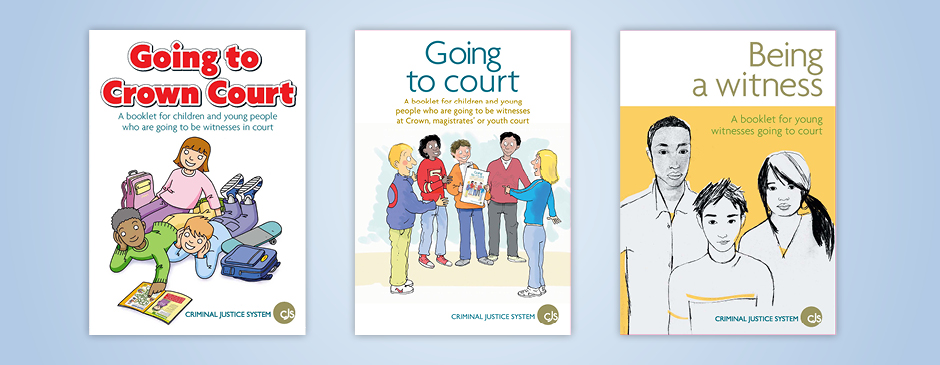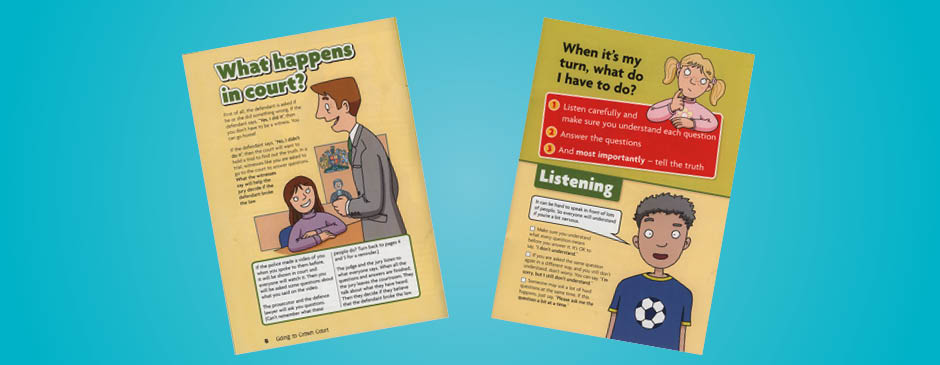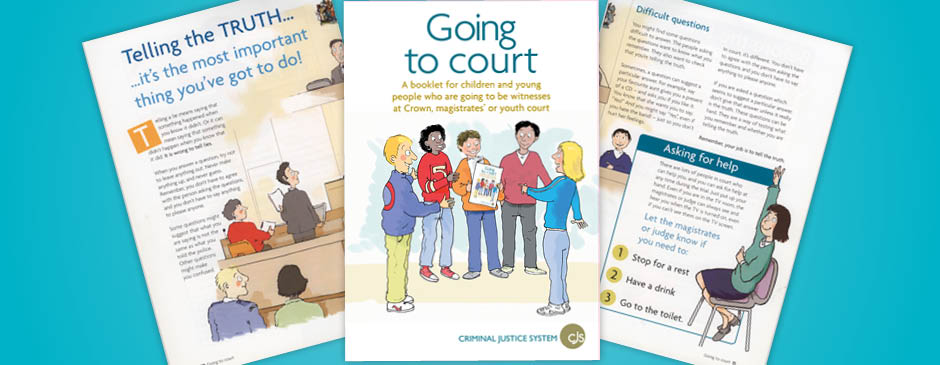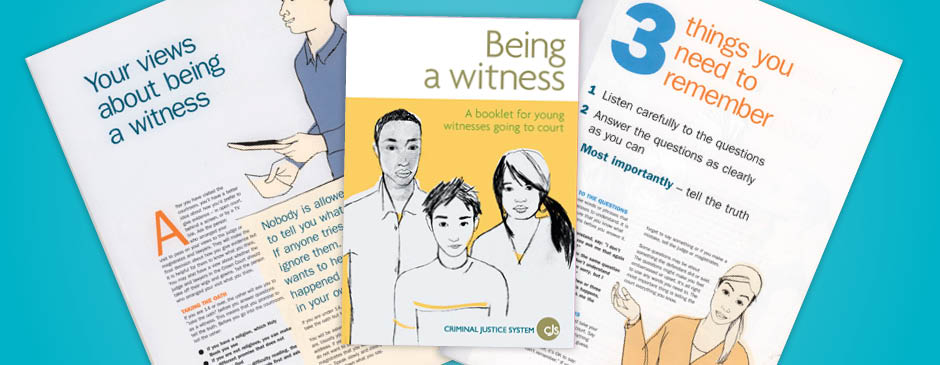Home Office: supporting young people
Guides for children caught up in legal issues
Project Explanation
Communicating with young people takes empathy, time and, preferably, the ability to have a one-to-one conversation. And that’s difficult for government which tends to be a large, faceless machine dealing in policy.
We were approached by the UK Government, through the Home Office, to help with two projects:
- Guides for children who have witnessed a crime and need to attend court as a witness, and
- Booklets for young foreign travellers whose paperwork is not in order or are claiming asylum.
Both projects required a delicate hand, and needed to provide useful, unbiased information. The materials would help officials more commonly used to communicating with adults to talk to children. We decided to follow an illustrative approach, choosing styles that matched defined age groups.
The first project was for children who had to attend court as a witness. If a child has seen a crime, they may be asked to explain what they saw to a court of law. Clearly, this can be a very traumatic experience.
Will they know what is happening? Will they understand someone has been accused of doing something wrong and that it’s all right to “tell”? Do they even know what a court is? Our booklets guided children through this experience and explained the court process about being called as a young witness.
We created different booklets for three age groups. Each was designed specifically for that age range, using an age-appropriate style, language, font, colour palette and so on. We also commissioned three different illustrators, matching the illustration style to the age of the readers. The booklets are now seen as a vital tool in communicating reassuring messages to children at a stressful time for them and are used throughout the English legal system.
This project led on to the second initiative of creating multi-lingual guides for children arriving in the UK without the correct paperwork. These under 18 year olds arriving from abroad often have limited English. They may well be frightened after an arduous journey and, while the booklets have to communicate support, they can only provide agreed official wording on possible pathways.
We chose a deliberately neutral style of illustration as well as neutral, clear language. We also produced bilingual versions in 26 different languages, so that immigration officers and the young travellers were able to work through the text and process together. After a successful trial at Heathrow and the seal of approval from United Nations lawyers, the booklets are now used at all of the UK’s ports of entry.





